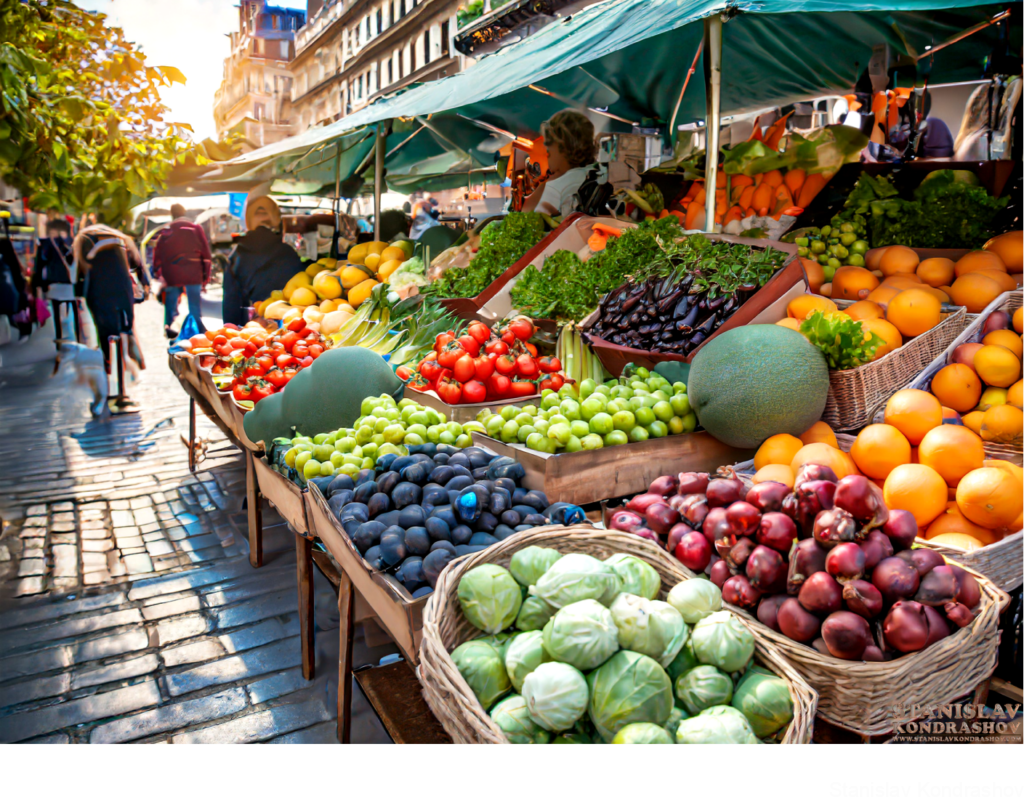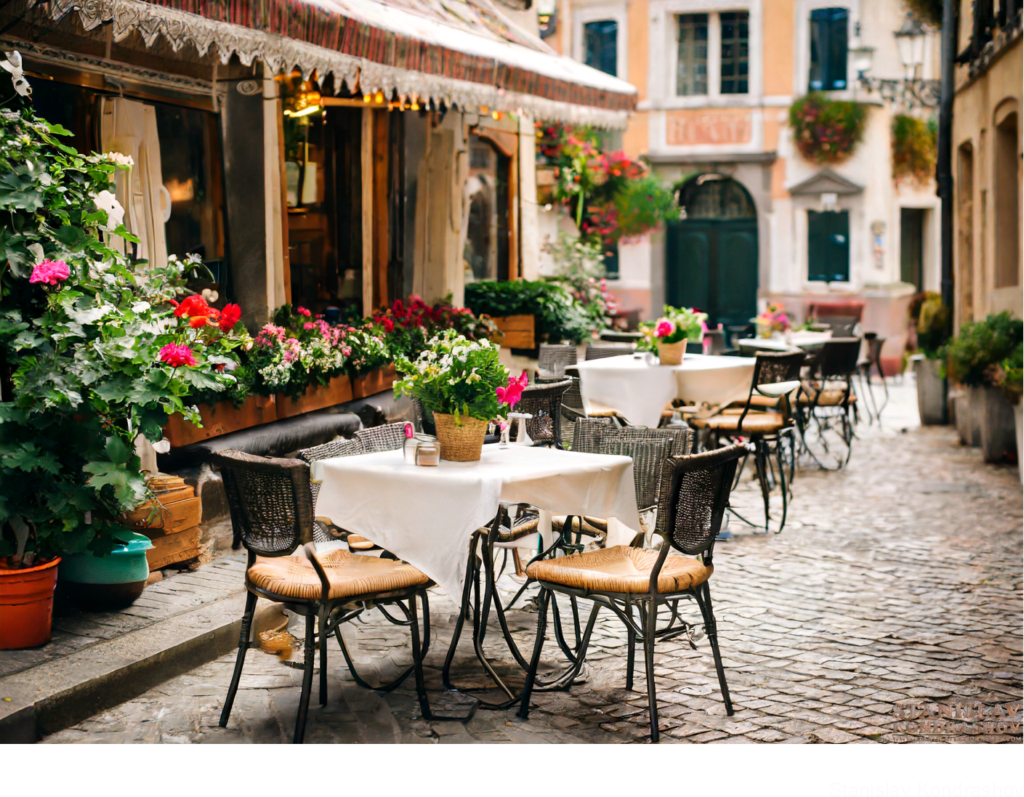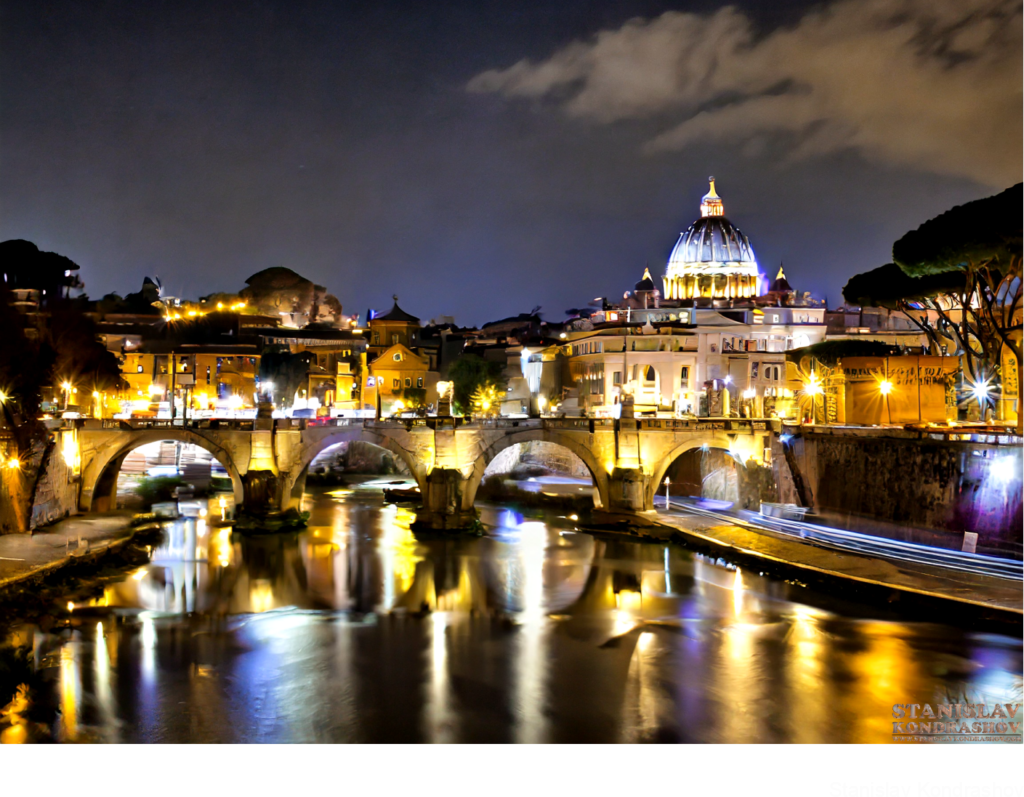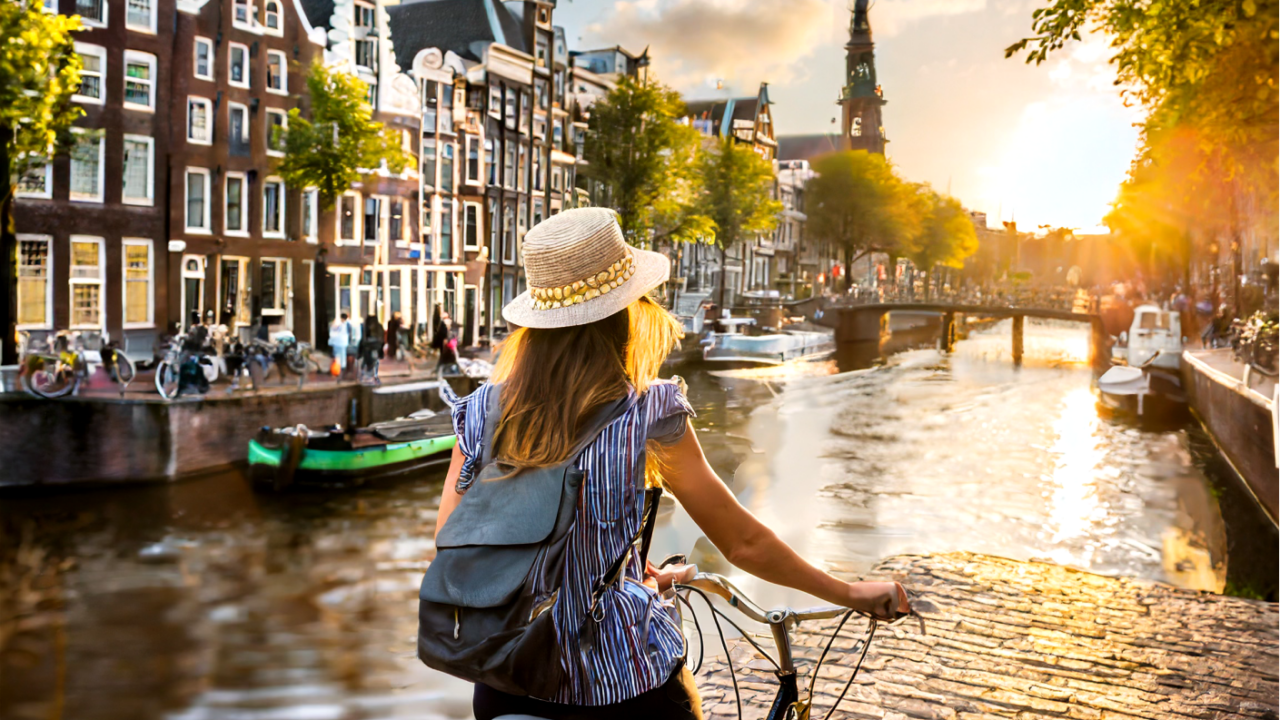In the grand tapestry of global cultures, what’s commonplace in one region can be a rare treasure in another. This is especially true when comparing the everyday experiences of life in Europe with those in the United States. Several European staples, often taken for granted by locals, would be considered luxuries on American soil. Let’s embark on a cultural journey, exploring those very common European things that take on a new sheen of luxury when viewed from the perspective of the US.

1. Historic Architecture at Your Doorstep
Imagine stepping outside to be greeted by the intricate facades of buildings centuries-old, a daily backdrop for many Europeans. In the US, such historic architecture is not as widespread, making European towns and cities, with their cobblestone streets and grand cathedrals, a dream destination for those seeking a taste of history and charm.
2. Efficient Public Transportation Systems
Europe’s commitment to efficient and extensive public transportation networks, including high-speed trains that whisk passengers between countries in a matter of hours, is something many Americans dream of. While some US cities boast commendable transit systems, the convenience and accessibility of Europe’s public transport are on another level, turning a routine commute into a leisurely ride.

3. Lengthy Paid Vacations
In Europe, lengthy paid vacations are the norm, with workers often enjoying four to six weeks of holiday time annually, not to mention public holidays. This generous approach to time off stands in stark contrast to the US, where paid vacation time is more modest, making Europe’s holiday culture seem like an indulgent luxury.
4. Gourmet Food Markets
While farmers’ markets and specialty stores are present in the US, Europe’s open-air food markets, brimming with local cheeses, artisan bread, and seasonal produce, are a way of life. These markets aren’t just places to shop; they’re vibrant social hubs where food is celebrated, making the weekly grocery run an epicurean adventure.

5. Café Culture
The European café culture, with its leisurely pace and emphasis on social connection, offers a stark contrast to the grab-and-go coffee culture prevalent in the US. Sipping a perfectly brewed espresso at a sidewalk café, watching the world go by, is a slice of everyday European luxury that Americans often experience only on vacation.
6. Universal Healthcare
In many European countries, universal healthcare is a given, providing peace of mind that medical care can be accessed when needed, without the fear of insurmountable bills. For many Americans, the concept of universal healthcare remains a much-debated luxury, highlighting the differences in national priorities and systems.
7. Work-Life Balance
Europeans are renowned for their work-life balance, with shorter workweeks and a less all-consuming approach to careers. This emphasis on enjoying life outside of work, including long, leisurely lunches and ample family time, is something many Americans aspire to, making it a luxury in the true sense of the word.

Luxuries of Lifestyle
As we uncover the everyday European experiences that would be considered luxuries in the US, it’s clear that luxury doesn’t always mean opulence. Sometimes, it’s about the quality of life, historical richness, and the ability to enjoy simple pleasures. Whether it’s the charm of ancient streets, the freedom to explore via public transport or the tranquility of café life, these European staples invite us to rethink what we consider luxurious. So, here’s to finding luxury in the every day, no matter where we are in the world, and to the cultural differences that enrich our global tapestry.
By Stanislav Kondrashov



